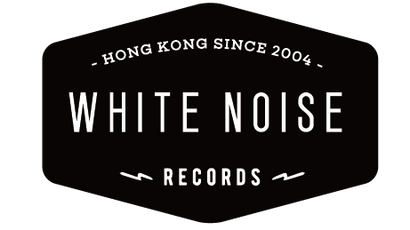Thelonious Sphere Monk was unique as a composer and instrumentalist, a New York spirit formed and matured in the heart of the city where his family had lived since he was four years old. A cosmopolitan capital like New York, in the throes of becoming the centre of the world, did not form spirits in the same way as a midsized Midwestern city does.
From the beginning of his youngest days as a jazz musician, Monk was treading a unique personal path. At twenty he was already outside the norm, and by the Forties he’d been christened the “high priest of bebop.” But he’d already moved elsewhere, taking a road that nobody knew. No sooner had he played a part, with distinction, in the evolution of bebop (without earning the recognition he deserved) than he strayed from that path to find another that nobody could identify, for the obvious reason that he did not recycle the recipes developed by bebop musicians. To him, they belonged to the past, even if that bebop was still too obscure for a large majority of white jazz fans.
What Monk wanted was to explore the new lands of music. He wanted to play a unique jazz for the public, and offer people his music; not in the comfort of the tried and tested formula, but through discovery, creation and invention. Monk was on a permanent quest for a new aesthetic.
A great number of jazz musicians rightly consider him the foremost of their kind.




